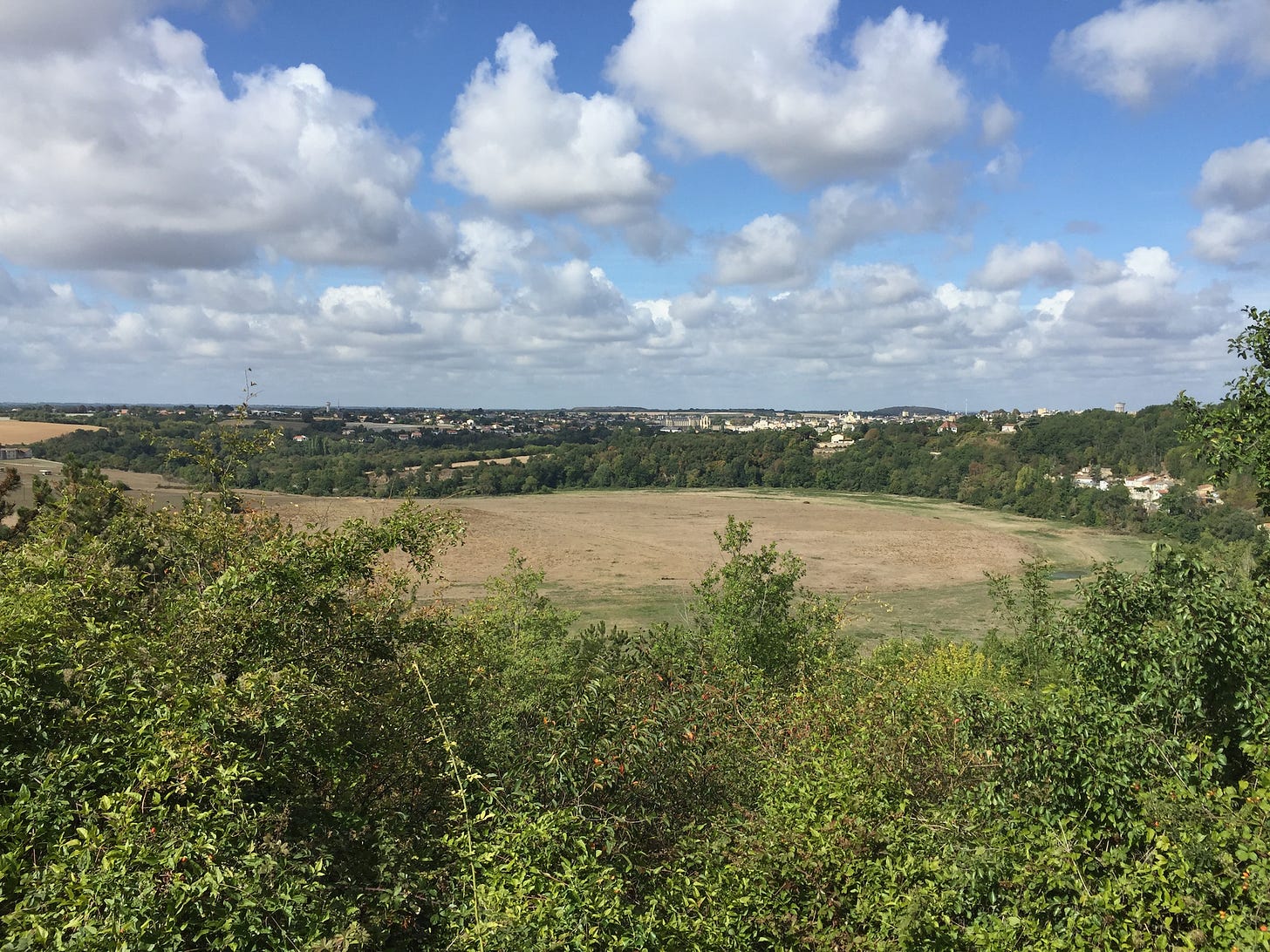For many years the 50mm focal length has been considered to be the ‘standard focal length’ because it was considered to be similar to what our own eyes see.
If you examine this notion though, a lot of people challenge that ‘theory’. Recently I watched this video by James Popsys – The New Best Focal Length?
He is a landscape photographer who I’ve been following for a few years now. His photography has inspired me quite a bit.
He explains why 40mm might be closer to our own natural field of view.
For some years I’ve tended to use a zoom lens, but these can be quite bulky and heavy. The later is something you don’t want if you are travelling.
I recently bought a Canon EF-S 24mm f2.8 fixed focal length lens. Fitted to my APS-C cameras that results in an equivalent focal length of 38.4mm close to 40mm. This lens is very shallow and lightweight. The combined weight of the EOS100D body and lens is only 545 grams and as you can see it is very compact.
This camera set up will be perfect for a couple of short trips I’ve got planned in the coming months. Yes a fixed focal length will make me zoom with my feet a bit more, but for simple shots it will be perfect. I can carry an extra battery pack in my camera pouch ‘just in case’
Using a fixed focal length for me is like going back 30+ years in terms of photography. But a big advantage is the larger base aperture, so better shallow depth of field. Yes, framing a shot precisely isn’t as convenient but it’s not a major disadvantage.
What is your ‘Go to set up for travelling?’
I took the following photos on a bit of a grey and cloudy February day to test out this camera/lens combination on our typical local countryside walk. I will use this combination some more in the coming weeks.





